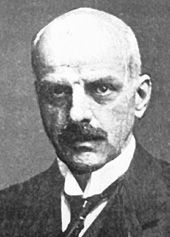
Max Klinger was a German artist who produced significant work in painting, sculpture, prints and graphics, as well as writing a treatise articulating his ideas on art and the role of graphic arts and printmaking in relation to painting. He is associated with symbolism, the Vienna Secession, and Jugendstil the German manifestation of Art Nouveau. He is best known today for his many prints, particularly a series entitled Paraphrase on the Finding of a Glove and his monumental sculptural installation in homage to Beethoven at the Vienna Secession in 1902.
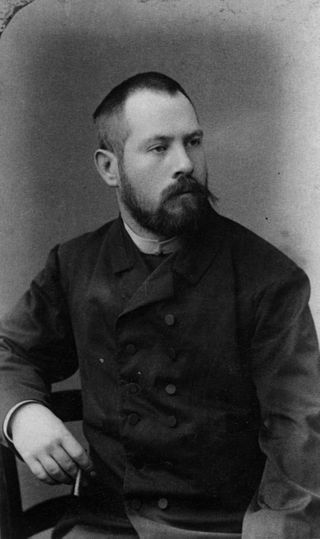
Lovis Corinth was a German artist and writer whose mature work as a painter and printmaker realized a synthesis of impressionism and expressionism.

The Vienna Secession is an art movement, closely related to Art Nouveau, that was formed in 1897 by a group of Austrian painters, graphic artists, sculptors and architects, including Josef Hoffman, Koloman Moser, Otto Wagner and Gustav Klimt. They resigned from the Association of Austrian Artists in protest against its support for more traditional artistic styles. Their most influential architectural work was the Secession exhibitions hall designed by Joseph Maria Olbrich as a venue for expositions of the group. Their official magazine was called Ver Sacrum, which published highly stylised and influential works of graphic art. In 1905 the group itself split, when some of the most prominent members, including Klimt, Wagner, and Hoffmann, resigned in a dispute over priorities, but it continued to function, and still functions today, from its headquarters in the Secession Building. In its current form, the Secession exhibition gallery is independently led and managed by artists.

In art history, secession refers to a historic break between a group of avant-garde artists and conservative European standard-bearers of academic and official art in the late 19th and early 20th century. The name was first suggested by Georg Hirth (1841–1916), the editor and publisher of the influential German art magazine Jugend (Youth), which also went on to lend its name to the Jugendstil. His word choice emphasized the tumultuous rejection of legacy art while it was being reimagined.

Eugène Anatole Carrière was a French Symbolist artist of the fin-de-siècle period. Carrière's paintings are best known for their near-monochrome brown palette and their ethereal, dreamlike quality. He was a close friend of Auguste Rodin and his work likely influenced Pablo Picasso's Blue Period. He was also associated with such writers as Paul Verlaine, Stéphane Mallarmé and Charles Morice.

Anton Romako was an Austrian painter.

Hugo Charlemont was an Austrian painter. Born in Jemnice, Moriva he was the son of Matthais Adolf Charlemont. He studied art at the Academy of Fine Arts. He died in Vienna.

Ver Sacrum was the official magazine of the Vienna Secession. Founded by Gustav Klimt and Max Kurzweil, it was published from 1898 to 1903, featuring drawings and designs in the Secession style along with literary contributions from distinguished writers from across Europe. These included Rainer Maria Rilke, Hugo von Hofmannsthal, Maurice Maeterlinck, Knut Hamsun, Otto Julius Bierbaum, Richard Dehmel, Ricarda Huch, Conrad Ferdinand Meyer, Josef Maria Auchentaller and Arno Holz.

Kazimierz Sichulski was a Polish painter, lithographer and caricaturist; associated with the Young Poland movement. His work was part of the painting event in the art competition at the 1928 Summer Olympics.
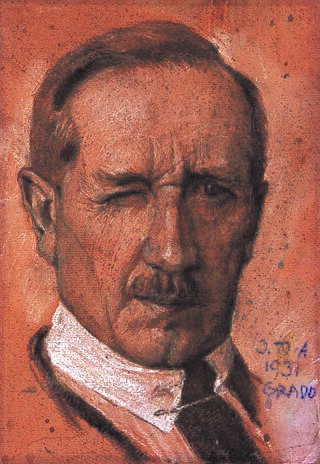
Josef Maria Auchentaller was an Austrian painter, draftsman, and printmaker associated with the Vienna Secession and the Art Nouveau style.
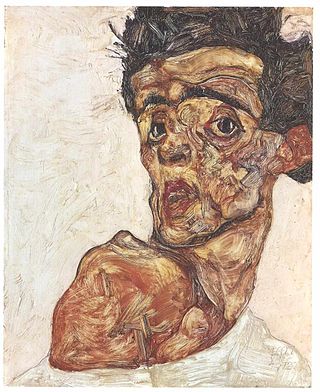
Facing the Modern: The Portrait in Vienna 1900 was an exhibition at the National Gallery, London, running from 9 October 2013 through to 12 January 2014.

Maximilian Albert Josef Liebenwein was an Austrian-German painter, graphic artist and book illustrator, in the Impressionist and Art Nouveau styles. He spent significant time in Vienna, Munich and Burghausen, Altötting, and took an active part in the artistic community in all three places. He was an important member of the Vienna Secession, becoming its vice-president, and exhibiting with the group many times.

Alois Delug was an Austrian painter and a professor at the Academy of Fine Arts, Vienna. He may be remembered best for his supposed role in rejecting Adolf Hitler's application to join the academy.

Wilhelm Bernatzik was an Austrian painter.

Rudolf Otto von Ottenfeld was an Austrian military painter, a founding member of the Vienna Secession and a professor at the Academy of Fine Arts, Prague.

Felician Myrbach was an Austrian painter, graphic designer and illustrator. He was a founding member of the Vienna Secession and the director of the Applied Arts School in Vienna, and was instrumental in the creation of the Wiener Werkstätte.
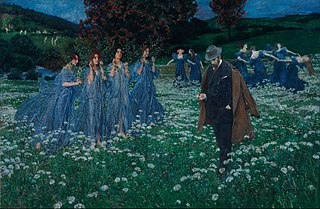
Maximilian Lenz was an Austrian painter, graphic artist and sculptor. Lenz was a founding member of the Vienna Secession; during his career's most important period, he was a Symbolist, but later his work became increasingly naturalistic. He worked in a variety of media, including oils, watercolours, lithography and metal reliefs.
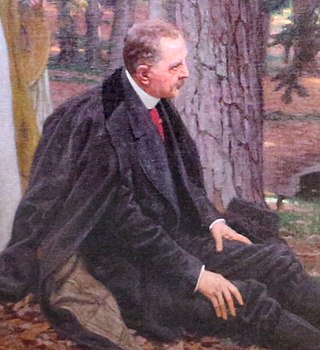
Friedrich König was an Austrian painter, illustrator and designer.
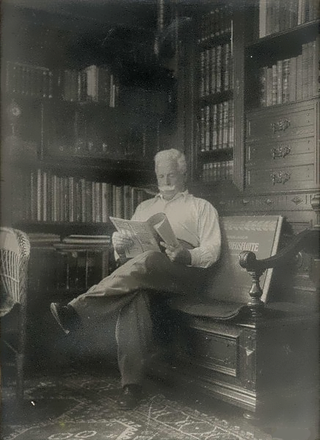
Alexander Kircher was an Austrian-German marine and landscape painter and illustrator. Many of his paintings can be seen in museums in Germany, Austria, Croatia, and Slovenia while others are held by private owners in those same countries, as well as the United States of America, Great Britain, Scandinavia, and Greece.
